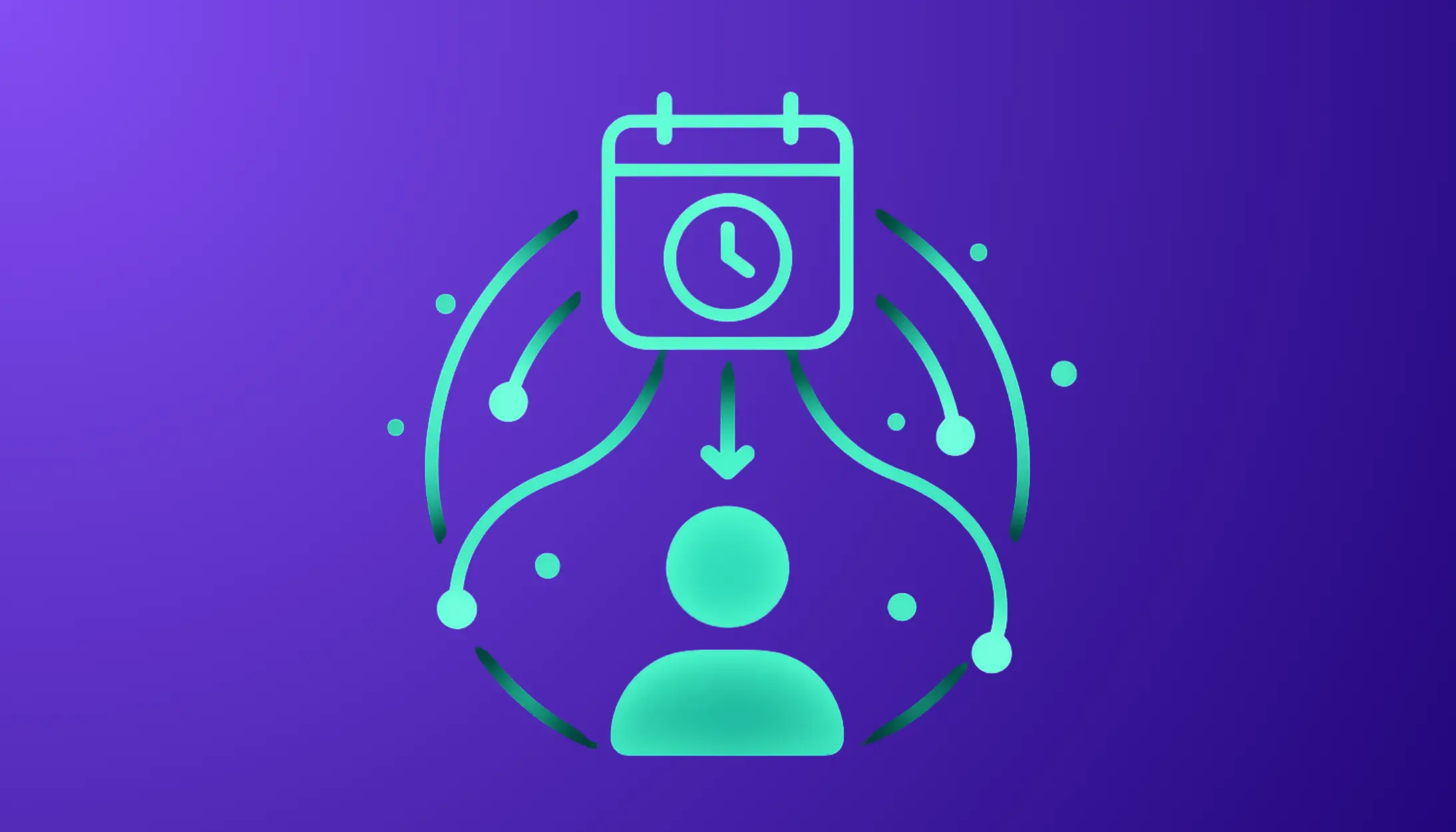Improving free trial conversion in subscription businesses with simple retention experiments

Free trials bring subscribers through the door, but too often, they walk right back out. Consumer subscription companies spend heavily on acquisition, yet trial-to-paid conversion and early retention remain among the most under-optimized stages of the lifecycle.
The good news is that most improvements come from tightening existing systems without rebuilding anything. Our data from conducting hundreds of customer experiments shows that small, targeted lifecycle updates compound into measurable retention lift. Based on our experience, we have created a list of seven tried and tested ways to improve free trial conversion in subscription businesses.
1. Build behavioral intelligence around the trial experience
Trial optimization begins with visibility. Instead of tracking sign-ups or open rates, leading subscription teams measure behaviors that predict long-term retention:
- Time-to-value: How quickly users experience the core product benefit.
- Feature adoption: Which actions distinguish converters from non-converters.
- Early engagement: How often users return and interact during the first few sessions.
Your retention platform should automatically classify trial users based on these behavioral signals. This helps teams spot stalled trialists early. For example, one customer utilized this segmentation to target users who had not reached key milestones within their first week, resulting in a 7.1% improvement in trial retention.

Behavioral intelligence ensures every message, experiment, and automation is driven by data rather than static assumptions.
2. Run structured experiments that accelerate activation
The most effective trial programs treat onboarding and engagement as continuous experimentation. Each test, no matter how small, should be structured with a clear treatment, control, and success metric. A few real-world scenarios that are testament to this:
- Re-engaging two-month trials with preference-based content prompts, producing a 5.6% retention lift.
- Introducing step-up pricing sequences within 30 days, improving retention by 3.2%.
For context, these controlled experiments ran for 30 to 45 days and were validated with statistical confidence. Once proven, winning sequences were promoted to live journeys and measured continuously for sustained impact.
3. Automate proven results to create compounding retention
The transition from experiment to automation is where lift becomes scale. Your lifecycle retention platform should enable teams to promote validated results directly into ongoing journeys so that every new trial user benefits from what has been proven to work.
Automation delivers two outcomes: consistency and compounding growth. Once results are automated, teams operate a live system that continually improves.
One of our customers automated downgrade save offers after discovering that flexible pricing paths retained users 23.9% better than control groups. Another customer automated a re-engagement flow for full-price subscribers, achieving a 4.3% retention lift and a 30% increase in pageviews.

4. Personalize journeys around real behavior
Personalization only drives value when it reflects user behavior. Using explainable AI, you can identify patterns such as dormant trials, declining activity, or high-value engagement. Each segment then receives an adaptive journey that reinforces perceived value.
Real-world outcomes include:
- Dormant users who were re-engaged with personalized content resulted in a 13% lift in visit breadth and a 14% increase in unique visits.
- Subscribers exposed to fewer ads increased session duration by 1,000 seconds and visit frequency by 36%.
Personalization works because it transforms lifecycle messaging into an adaptive system that learns from each interaction and adjusts in real time.
5. Measure business metrics, not vanity metrics
Trial conversion and retention only matter when they connect to measurable outcomes. Teams that rely on open or click rates lose visibility into what truly drives growth.
Key measures include:
- Trial-to-paid conversion rate: Immediate and delayed upgrades within the trial window.
- Retention lift: The post-conversion stability of new subscribers compared to holdouts.
- Engagement depth: Growth in session time, visit breadth, and feature usage.
- Recovered revenue: MRR preserved through downgrade or save interventions.
- Lifetime value growth: Long-term lift driven by faster activation and lower churn.
Subsets visualizes these metrics through retention curves, cohort comparisons, and lift confidence scoring, providing commercial teams with clear proof of impact.
6. Connect experimentation, automation, and analytics
The highest-performing subscription brands operate in a closed lifecycle loop with the following steps:
- Predictive segmentation identifies trial audiences by risk or potential.
- Experimentation validates interventions through controlled testing.
- Automation scales successful results into live journeys.
- Analytics measure retention, revenue, and engagement in real time.
7. Choosing the right platform for lifecycle optimization
To execute lifecycle improvements effectively, a successful software must integrate insights, testing, and automation in one system. Look for:
- Predictive audience discovery to find trial users most likely to convert or churn.
- Integrated experimentation with control groups and confidence tracking.
- Automated journey orchestration to scale proven outcomes.
- Outcome-based analytics tied to MRR, LTV, and retention lift.
- Governance and guardrails, such as fatigue scoring and frequency caps.
Final thoughts
Free trial conversion and retention depend on precision rather than discounts or extensions. Companies that structure their lifecycle around data, experimentation, automation, and personalization convert trials faster and retain subscribers longer. Each optimization builds on the last, creating momentum that compounds into measurable business value.
Subsets unifies all four layers, eliminating dependency on data or engineering resources. This continuous loop transforms lifecycle marketing into a predictable growth engine. If you’re refining your trial conversion and retention program, book a demo with Subsets. You’ll see how predictive experimentation and automation transform trials into loyal subscribers.


.svg)

.svg)
.webp)
.webp)
.webp)